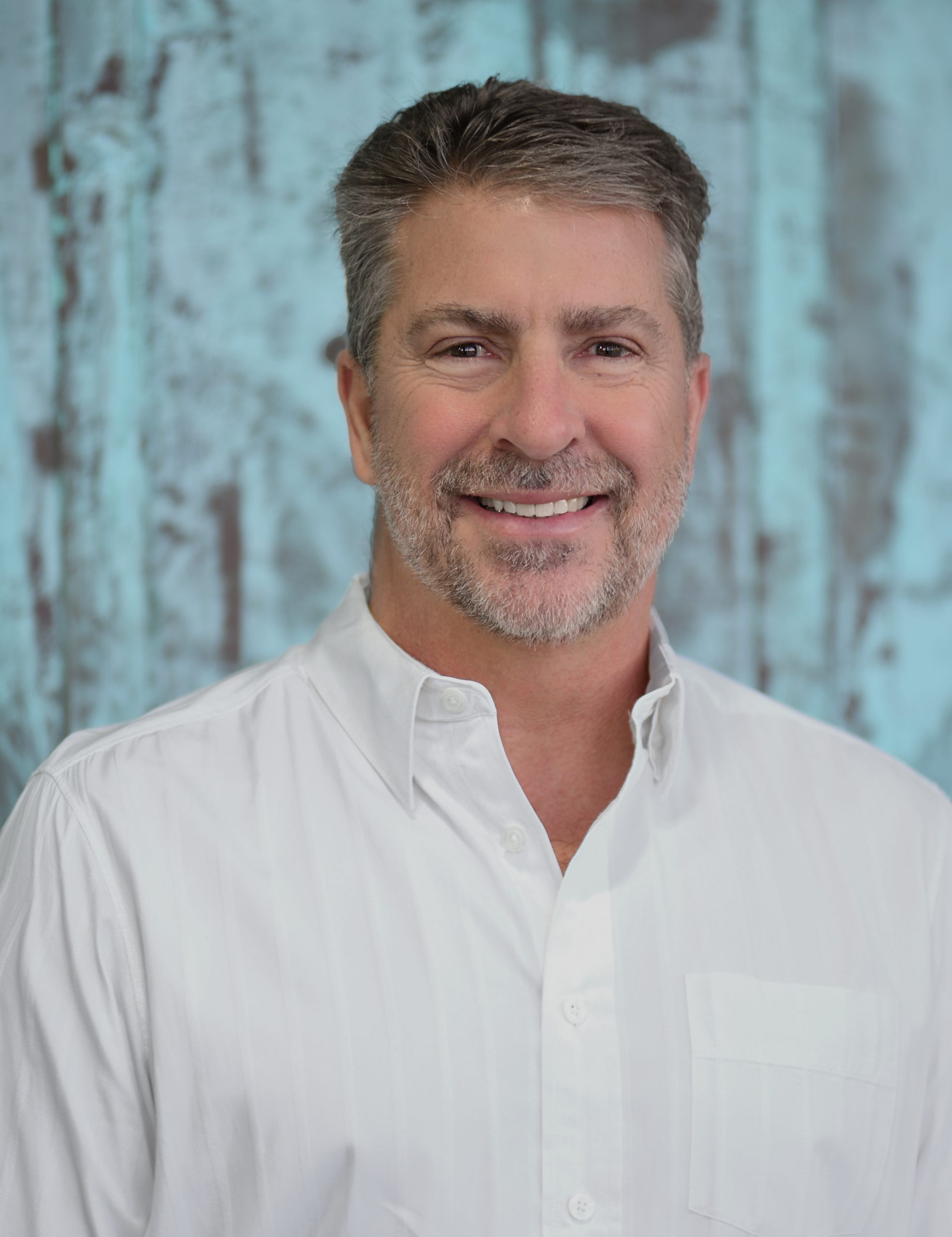An Endodontist is a dentist who has undergone a minimum of 2 years of extra postgraduate training beyond dental school. This Specialist training allows an Endodontist to:
- Deal with diseases of the dental pulp and supporting structures
- Diagnose facial pain and related problems.
Besides the educational aspect, practicing endodontics only allows a much higher level of experience and expertise in this specific field.
Your general dentist sometimes refers patients for consultation when the diagnosis is complicated or when treatment is more difficult than normal. Aside from providing treatment, Dr. Buoncristiani's role is also that of educator. It is important that patients understand why they require treatment, what treatment involves and what they can do to ensure the best possible outcome. Dr. Buoncristiani believes that a properly informed patient has the best chance of achieving the optimal result.
Endodontics is a specialty of Dentistry that deals with diseases of the dental pulp and its supporting structures. Endodontists are Dentists with special post-graduate training in this field. Endodontists are also experienced at finding the cause of oral and facial pain that has been difficult to diagnose.
Although General Dentists can perform Endodontic treatment, patients are often referred to an Endodontist when the case is complicated or more difficult than usual.
In order to understand Endodontic treatment, it helps to know something about the anatomy of a tooth. Teeth have several layers. The outside layer of the tooth is composed of a hard layer called Enamel. Enamel is supported by an inner layer called Dentin, which has at its center a soft tissue known as the Pulp.
The pulp contains blood vessels, nerves, and connective tissue that are responsible for forming the surrounding Dentin and Enamel during tooth development. The pulp receives its nourishment supply from vessels which enter the end of the root. Although the pulp is important during development of the tooth, it is not necessary for function of the tooth. The tooth continues to be nourished by the tissues surrounding it even after the pulp is removed.


